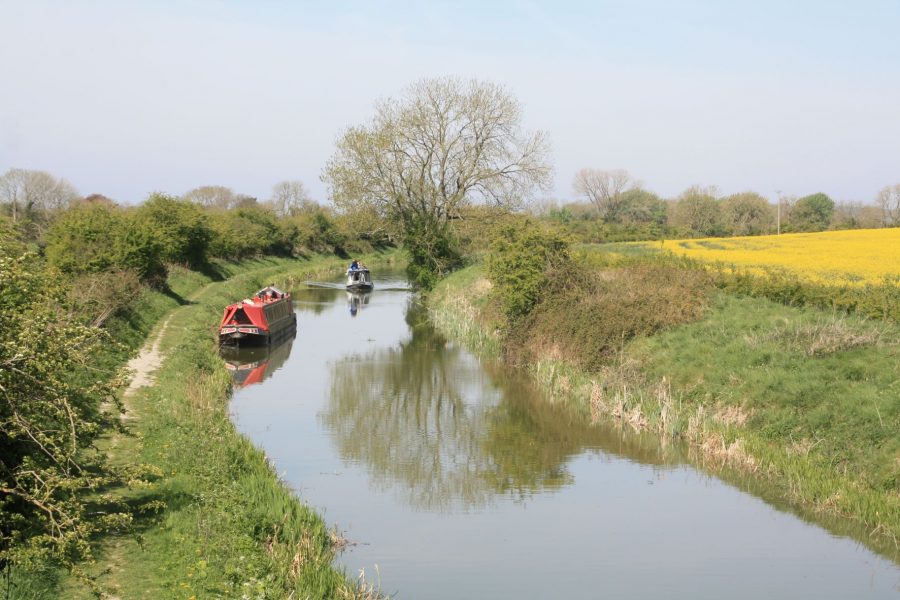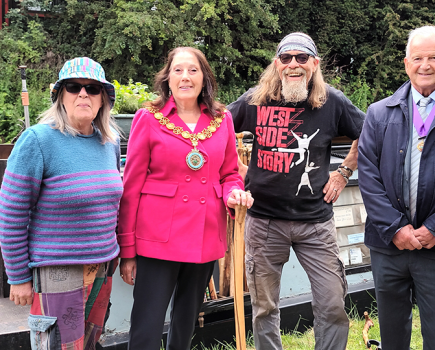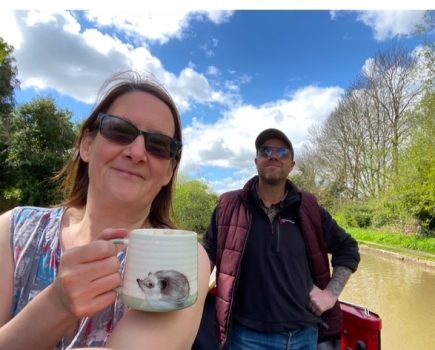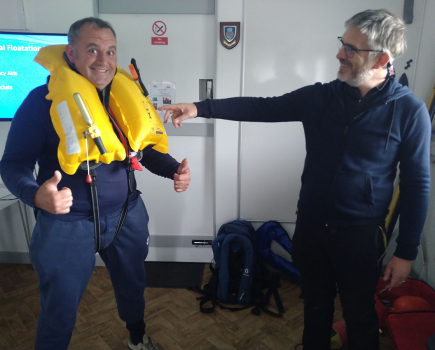Canal & River Trust is carrying out a consultation with boaters to gather feedback on boat licence pricing over the next 10 years to help support the long-term future of the 2,000 miles of waterways that the charity manages across England & Wales.
Faced with the growing pressures of maintaining ageing waterways and the increased threat of climate change, the Trust raises money for vital maintenance from a number of sources to help protect and preserve the network. This includes income from boat licences, government funding, investments, donations, and other income streams.
To help meet the costs of caring for its canals, rivers, and reservoirs, the Trust needs to secure more funds. Income from boat licence fees currently makes up 11% of the Trust’s annual income and will need to rise by more than the rate of inflation to continue to fund essential work to the network. The Trust is consulting on the most effective and equitable way possible to apply these increases.
The Trust is asking boaters for their views on whether increases should apply evenly to all boaters using the current boat licence fee structure, or whether it is fairer to apply higher increases to certain boaters in a way that reflects how they use the waterways and the higher costs of meeting their needs.
The consultation was sent out to all boat licence holders in February by email, text message, or post, depending on what contact information they have given the Trust, and will run until 6 April 2023. The consultation is being run by the independent firm DJS Research, who will be sending out the questionnaire, collating the responses and preparing a report on the consultation findings. Responses will be anonymised.
Richard Parry, chief executive at Canal & River Trust, said: “These are challenging times for our ageing waterways. Faced with soaring costs and the highest levels of inflation in over 40 years, we must address the budget shortfall to safeguard navigation. Our network is old and vulnerable, especially to the extreme weather events that are becoming more common, and the income from licences is an important contribution to ensure the ongoing maintenance and repair of the historic canals and river navigations in our care.
“We continue to secure as much income as we can through our commercial and charitable activities, control costs where possible, and focus our resources on those priority works which are required to support navigation. Nevertheless, with our government grant frozen and therefore declining in real terms since 2021, and currently undecided after 2027, the income we receive from boat licences is more critical than ever.
“While we do not underestimate the impact on boaters of any licence fee increase, unless we can increase income from all sources at a level above inflation, it will not be possible to secure a sustainable future for our waterways. We are calling on boaters to help decide how we can increase their contribution in the most effective and equitable way possible.”

The Trust is facing dual pressures on income and expenditure:
The Trust generates much of its income through a combination of a government grant and investments. Over the past year the Trust has seen an increase in pressure on its finances with rapid inflation and external, global factors affecting supply chains and increasing costs and availability of materials.
In 2021/22, the Trust’s income was £214.6 million from all sources, with £24 million coming from boat licences and a further £20.5 million from moorings and other boating income. Currently, the Trust receives £52.6 million each year in the form of a government grant. The value of this grant is fixed until 2027, meaning that, with inflation, each year its value is eroding – it is set to reduce in real terms by around 29% by 2027. The Trust awaits a decision by the government over the future value of the grant.
Since the Trust was formed, it has grown other sources of income to keep the network running. The Trust’s annual income from investments has increased from £41.9 million in 2013/14 to £51.4 million in 2021/22 (higher growth than the market average), and its income from services to electricity, IT, and other utility companies and water development has grown from £24.7 million in 2013/14 to £37.7 million in 2021/22. Fundraising income is forecasted to grow by 10% each year and commercial income to grow at least in line with inflation.
Since the Trust was formed, its expenditure on maintaining the waterway network has risen by 50% from £94.2 million in 2013/14 to £141 million in 2021/22.
The Trust is seeing large increases in its expenditure on vital reservoir safety works, which are mandatory under the UK Reservoirs Act. Reservoirs are currently the largest component in the Trust’s infrastructure spend, and this will continue until all its high-risk reservoirs (the oldest in the country) have been brought up to modern standards. This ongoing investment will minimise any threat to public safety and safeguard the vital canal water supply that the reservoirs provide.
Increased costs, uncertainty over the future of the government grant, the need for sustained investment in high-risk assets, and day-to-day maintenance all amount to an underlying gap between future income and rising future expenses. The Trust must start to fill this gap to safeguard the future of the waterways.
The Trust produces a Boater Report to show how the charity generates income, and how the money is invested in the network: canalrivertrust.org.uk/enjoy-the-waterways/boating/boating-news-and-views/boating-blogs-and-features/boater-report-2022
For more information on boat licensing, visit: canalrivertrust.org.uk/enjoy-the-waterways/boating/licence-your-boat
The Trust supports boaters who may be struggling to pay their licence fees on a case-by-case basis. This may include arranging flexible payment plans and signposting to relevant services, for example the Waterways Chaplaincy, local authorities and Citizens Advice. For more information visit: canalrivertrust.org.uk/enjoy-the-waterways/boating/do-you-know-a-vulnerable-boater








